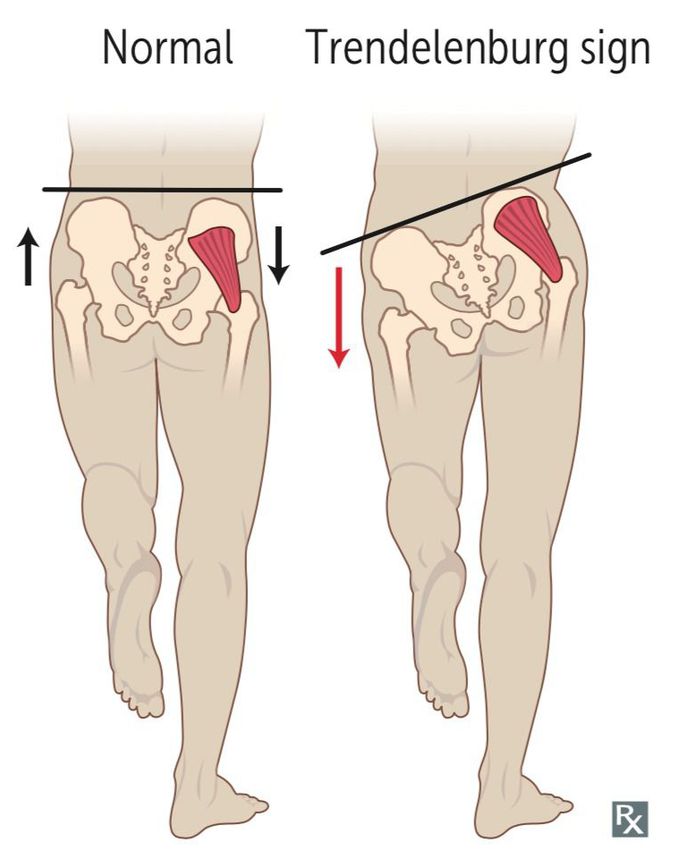The Principle of
Problem Multiplication

Now that you have a deeper understanding of The Pain Tunnel, you need to understand The Principle of Problem Multiplication. This principle states that,
One tiny problem, if allowed to exist for longer than a few months, will multiply into many, big, hairy problems, each requiring their own treatment.
 Let’s unpack this a bit. Let’s say you sit for work and you haven’t been intentional about keeping your butt muscles strong. That will lead to one tiny problemin the way you walk.
Let’s unpack this a bit. Let’s say you sit for work and you haven’t been intentional about keeping your butt muscles strong. That will lead to one tiny problemin the way you walk.
That one tiny problem puts more pressure into your low back, the front of your hips, your knees, and in the inside of your foot. If allowed to exist for longer than a few months, you will begin creating degeneration in your low back, hip, knee, and foot. If still allowed to exist, pain begins. It starts as back pain a couple times a year. Then your knees start to feel stiff and painful. Soon you stop moving as frequently because movement hurts. This multiplies the severity of the existing three issues.
Your sedentary lifestyle continues. Food choices start to become less than optimal. Degeneration on those loaded joints continues. You now have degenerative disc disease in your low back, an unstable SI joint, cartilage loss on the outside of your knee, and a bunion developing on the inside of your foot. You now have daily pain which is making you more sedentary and more likely to reach for sugary foods. You now have low grade depression, elevated inflammation levels, and an unhealthy body weight. Pain levels continue to get worse as months and years pass.
You are blissfully unaware that your problems are multiplying in number and severity. Until, your pain gets to a point where you can’t ignore it. You now face the mess you have created. You go to your doctor and they start their list of tests. Your one tiny problemin the way you were walking led to this list of big, hairy problems.
- Degenerative disc disease at the lumbar spine.
- Spinal stenosis at the low back.
- An unstable SI joint.
- Piriformis syndrome.
- Severe low back pain.
- A couple bone on bone knees.
- A painful bunion on your foot.
- A tendency toward depression.
- Elevated inflammation levels.
- Pain medication dependency.
- An unhealthy bodyweight.
- Memorized pain pathways.
- Severe walking dysfunctions and muscular imbalances.
Each of these big, hairy problems will require their own doctor and their own treatment, many of which will cost hundreds of thousands of dollars and will be painful and ineffective. This is started because of one tiny problemwith your walking pattern. Over the next 5 years your doctor will tell you that you need a spinal fusion, an SI joint fusion, cortisone injections, a knee replacement, a bunion removal surgery, anti-depressants, arthritis meds, a pain psychologist, a nutritionist, and lots of physical therapy.
You may think, wow that was an over-dramatic example. Maybe, but let me ask you a couple questions:
How many people do you know that have had back pain and knee replacements? Yeah lots.
How many people do you know that have had neck pain and a shoulder or elbow issue? Yeah lots.
How many people do you know that have pain and are frustrated by the medical system being unable to “fix” their pain? Yeah lots.
How many people do you know that are exhausted and frustrated by endless rounds of injections and MRI’s that just keep finding more and more issues? Yeah lots.
Where do you think those issues are coming from? I’ll tell you. The Principle of Problem Multiplication.
Here is the moral of the story.
You take your car to a mechanic for regular maintenance in order to prevent big issues from popping up later. You should be doing the same with your body. It’s much easier to replace a tire than it is a knee. It’s much easier to replace a spark plug than it is to replace a torn rotator cuff.
Take care of the tiny problems before that tiny problem has a chance to multiply into lots of big, hairy problems. It’s cheaper. It’s easier. It’s a lot less painful.
Cheers Friends,
Matthew Lister - Founder of Align
MORE BLOG POSTS
The Pain Tunnel: Part One
Before we can understand neck pain, we need to get a better grasp of the problem of pain. It requires us to take a journey into the inner workings of our perceptions. Hang in there with me and follow me down the rabbit hole. We perceive pain. It seems pretty straight forward. We can feel it. We can’t ignore it. It’s just there eating away at our souls. Those things are all true but the nature of the problem of pain is a bit more complicated. To make this easier to understand I’m going to describe it using another one of our senses.
Read MoreThe Pain Tunnel: Part Two
Being in unending chronic pain is like falling down a dark well. You feel alone in the darkness, hurting, terrified, and you don’t know if you will ever get out. You can’t see the walls of the well so climbing out seems impossible. You just feel hopeless. In Part 1 of this series, I deepened your understanding of the nature of chronic pain and I introduced you to The Pain Tunnel. If you haven’t read that you can do it here. Understanding The Pain Tunnel gives you a map of the well. Now I want to give you a flashlight so you can begin to see how to navigate your way out.
Read MoreThe PainSmart Principles: An Overview
“You cannot break timeless principles. You can only break yourself upon them.” – Stephen Covey
The PainSmart Principles are the foundation of The Align Method. These principles are timeless, unavoidable, and essential to understand if you are going to walk with wisdom in the area of pain. Any treatment not informed and guided by these principles is like shooting a gun in the dark.
Read MoreThe Baby Steps: Essentials
The Baby Steps: Essentials The Align Quick Start Guide We have collected all of the primary information you need to walk through chronic pain inside of this Quick Start Guide. You will learn more about: The Pain Spiral Cycle, The Baby Steps, The Pain Smart Principles, and The Joint Function Scorecard. Download PDF …
Read More


